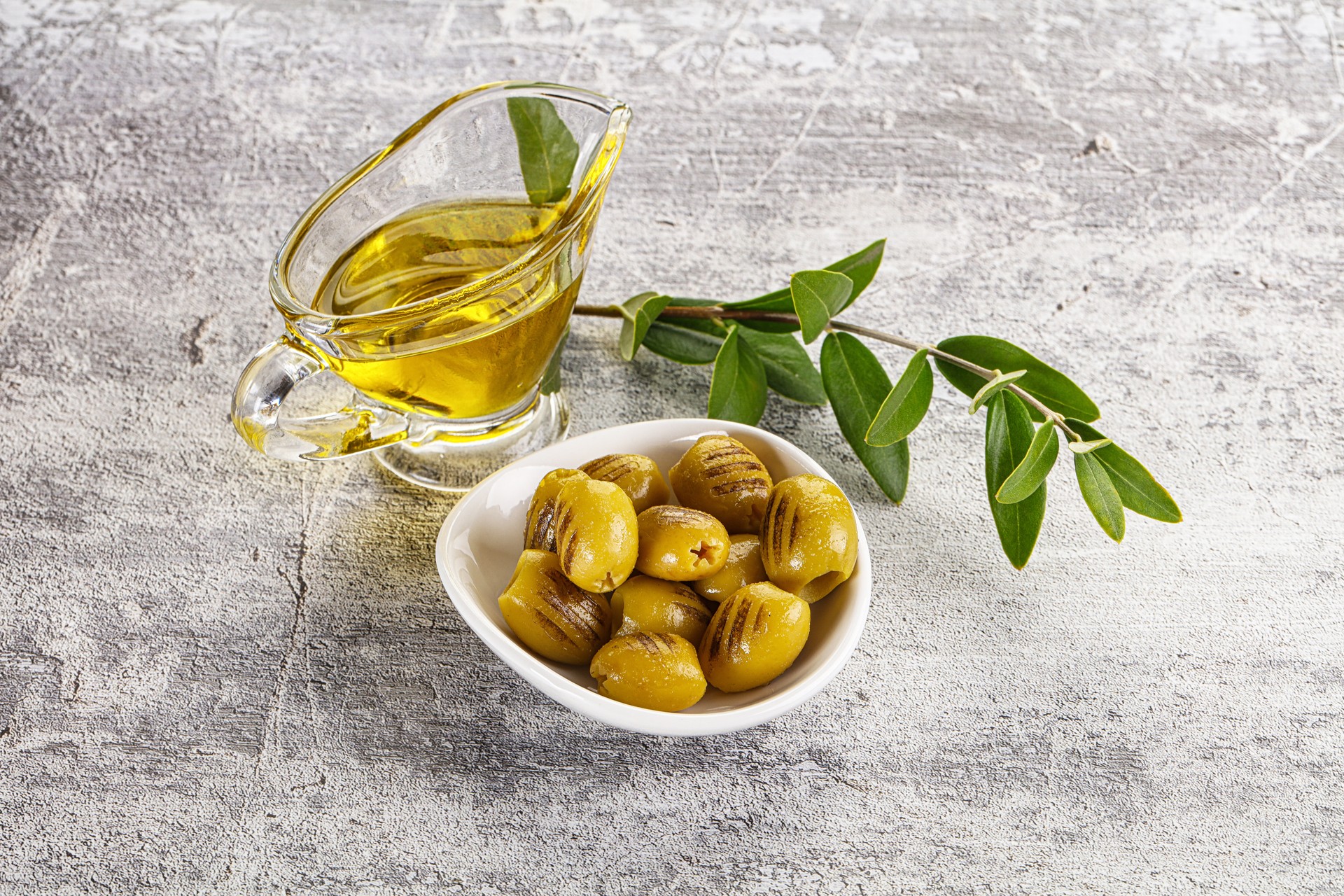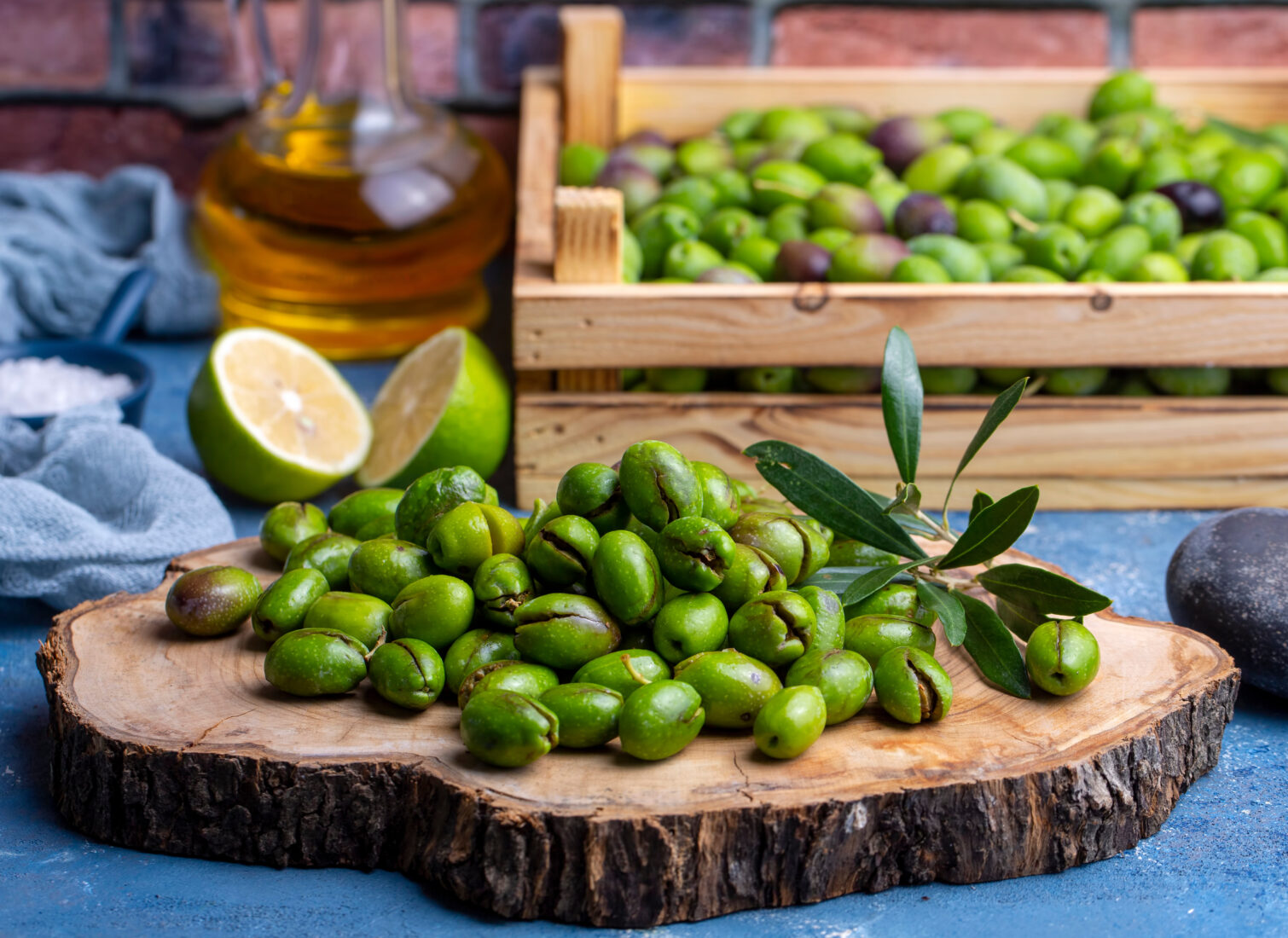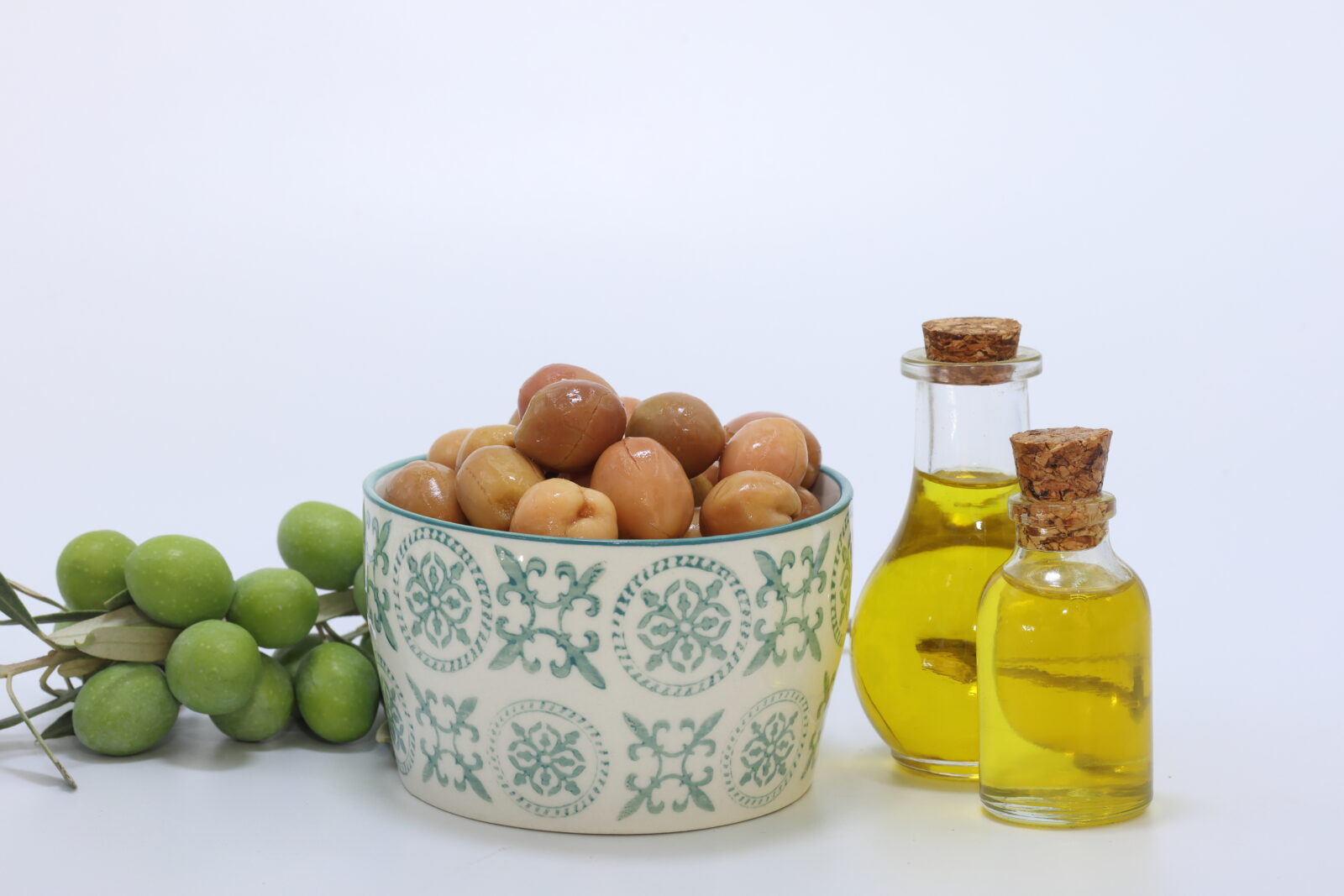
As olive harvest season in Türkiye's key production region, Kilis, draws to a close, experts caution consumers about the increased availability of fake olive oils.
These counterfeits, produced from inexpensive vegetable oils mixed with olive-like aromas and color additives, are being sold at low prices both online and in some stores.
Kilis Olive Research and Development Association (KIZADER) President professor Dr. Nazim Sekeroglu explained that recognizing genuine olive oil has become increasingly difficult for consumers – even for seasoned producers.

Fake olive oil, or ‘tagsis’ in Turkish, poses health risks and fails to meet the quality of true olive oil. Ahmet Cetin, President of the Edremit Chamber of Commerce, stated that many oils labeled as olive oil are actually a blend of various vegetable oils, such as canola or palm oil. Cetin and other experts recommend purchasing from trusted brands or stores to avoid counterfeits.

One way to tell if olive oil is authentic is to test its aroma. Professor Dr. Sekeroglu described real olive oil as having a fresh scent reminiscent of cut grass, apples or strawberries.
"If the oil has a pleasant fruity aroma and a slight bitterness in the throat that quickly fades, it’s likely real," he explained. "If the bitterness lingers, however, it’s a sign the oil may be rancid."
Experts recommend four straightforward methods for distinguishing real olive oil from fake:
Zulal Tacar, an olive oil tasting expert from Edremit, advises buyers to obtain olive oil only from reputable stores and not to rely solely on color, as true olive oil varies from green to yellow. "Ignore the color and focus on the scent when purchasing. A fresh olive scent is a positive sign of quality," she said.